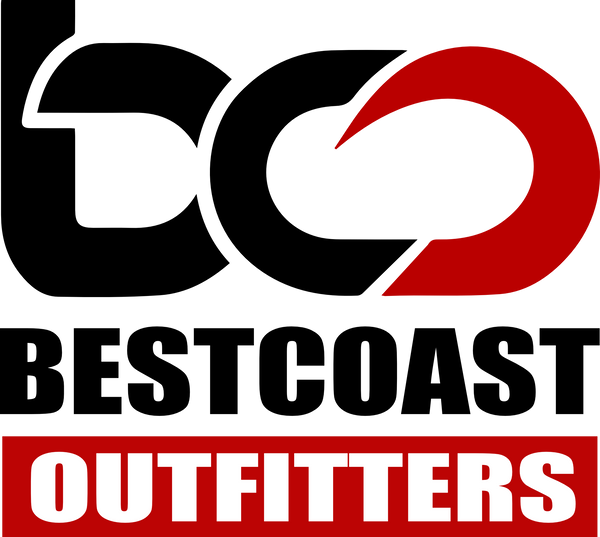The Low Brace Lean Turn
Share
By Alex Matthews
The low brace lean turn is a really fun technique, and a great way to get tighter radius turns from your kayak. With some practice, it generates amazingly bombproof stability, and it’s especially useful in current and surf.
The low brace lean turn combines the motions of a reverse sweep with the support of a low brace. This support creates great stability, allowing you to put your kayak on edge, freeing the bow and stern from the water, and generating smooth and tighter turns.
Be aware though that the low brace turn does have one notable downside – because the supporting paddle blade is weighted through the maneuver (generating support, but a lot of drag too), it scrubs a lot of your forward speed, often stopping you altogether. For this reason, while the low brace lean turn is great, it shouldn’t be the only turning technique in your quiver, especially when you want to carry more momentum through a turn.
The low brace lean turn starts with forward speed and is initiated with a forward sweep stroke on the opposite side to the lean turn itself. This means that if you want to turn to the left, you’ll initiate the move with a forward sweep stroke on the right.

Images by Rochelle Relyea & Alex Matthews
With the turn initiated, you’ll then rotate your upper body as if to take a reverse sweep on your left, and tilt your boat into this same direction. Unlike the reverse sweep that is used when the kayak is sitting flat on the water, the primary focus of your paddle is now to provide bracing support, while its secondary purpose is to provide turning power. This means that your blade will be almost flat to the water surface, although it is imperative that it have a slight amount of ‘climbing angle’ so that it stays on the surface without diving, and can be used to help turn your boat. ‘Climbing angle’ refers to the leading edge of your paddle blade being higher than the trailing edge. It’s the same as spreading jam on toast: picture the knife blade’s angle as it glides over the bread’s surface, its leading edge higher than the trailing edge. Failure to lift the leading edge of the paddle blade will cause the paddle to quickly dive beneath the surface and may even flip you upside down. So be warned and angle that blade!


As your boat begins to turn, hang on your low brace and slowly sweep your bracing ‘reverse sweep’ forward while keeping your boat on edge. As your boat reaches the end of its turn, your blade should have swept forward to a point directly out to the side from your hip.


To really get your kayak turning, roll your kayak right up on edge: as you plant your blade in the low brace position, being sure to dial in a little climbing angle on the blade to keep it gliding along the surface, tilt your kayak into the turn and put it on edge. If turning to the left, think in terms of rolling onto your left butt cheek and lifting your right knee while keeping your head over the kayak and lightly hanging on your left low brace for support. Tilting the kayak will greatly increase the turning power of the stroke, and typically, the more you edge your kayak, the more it will turn.
It’s important to realize however that as your kayak slows down, the amount of support you’ll get from your brace drops considerably. This means that you’ll need to flatten out the tilt on your kayak towards the end of the turn, before you’ve scrubbed all your forward speed, and support is lost.

As with all strokes, you’ll naturally have a ‘better’ and ‘weaker’ side when first performing this maneuver. So be sure to be diligent in practicing both sides in order to be proficient with both right and left low brace turns.
